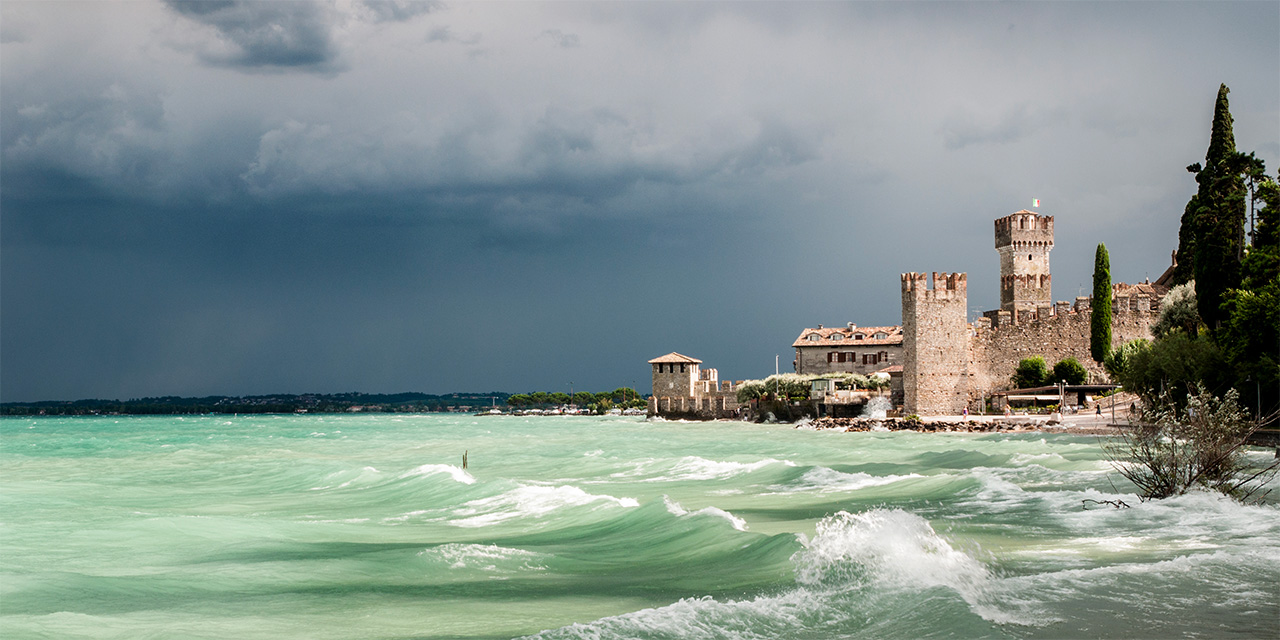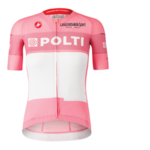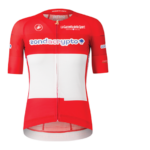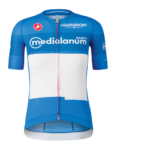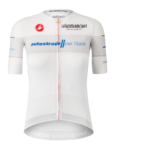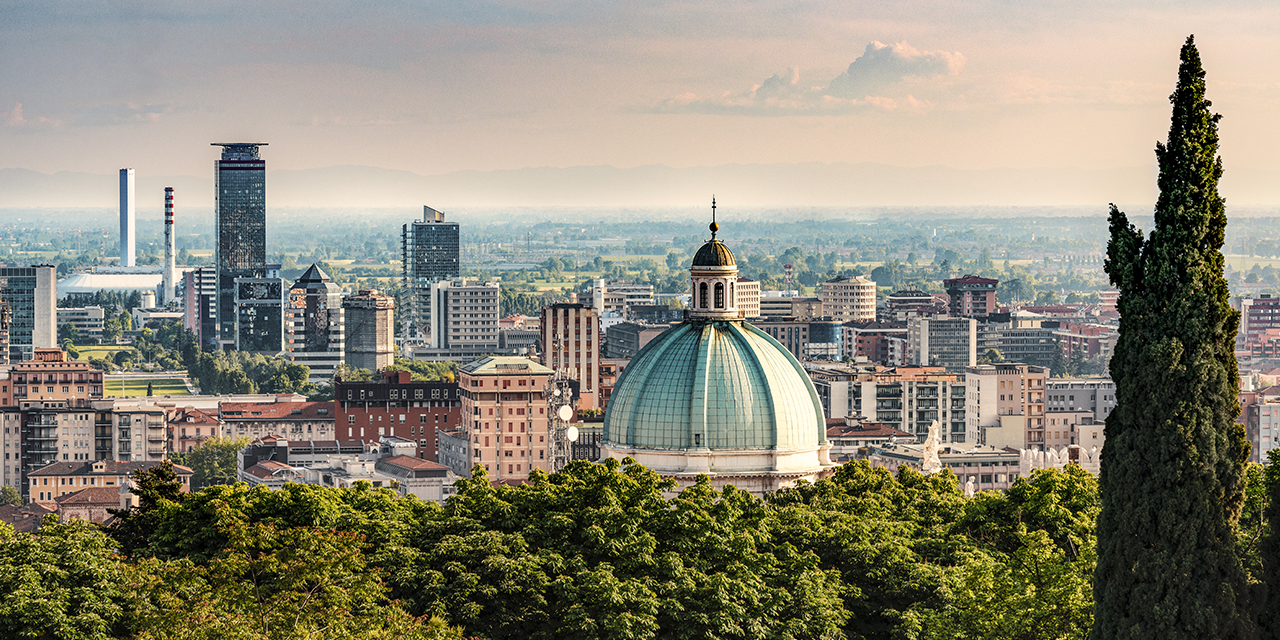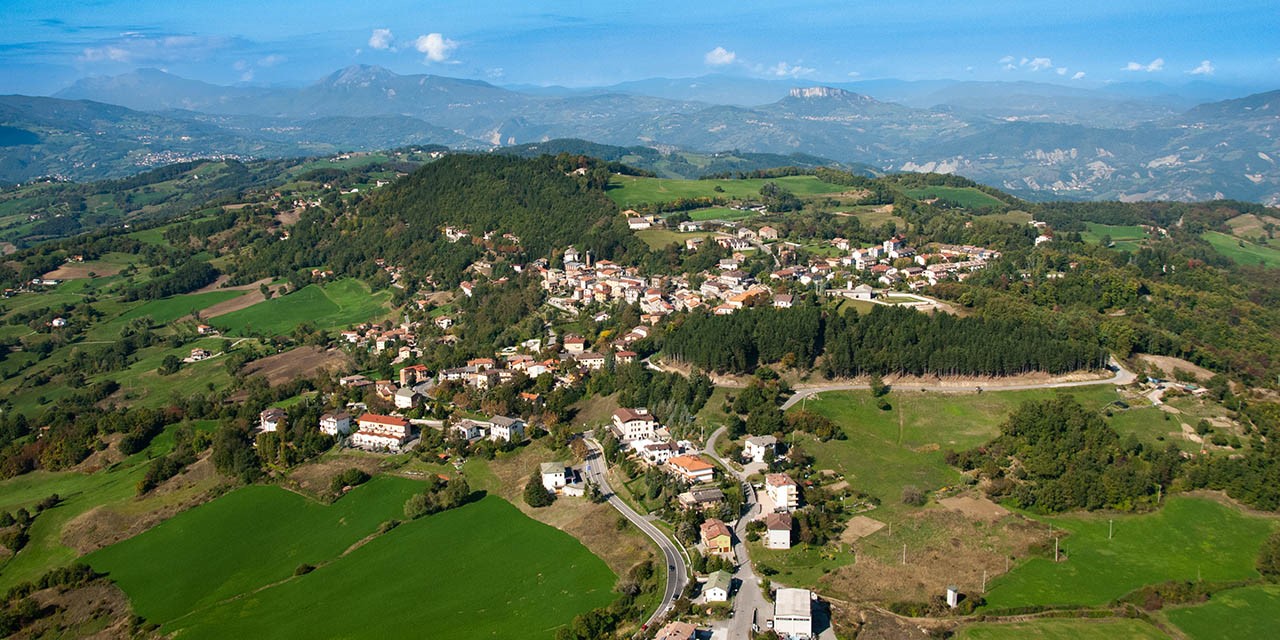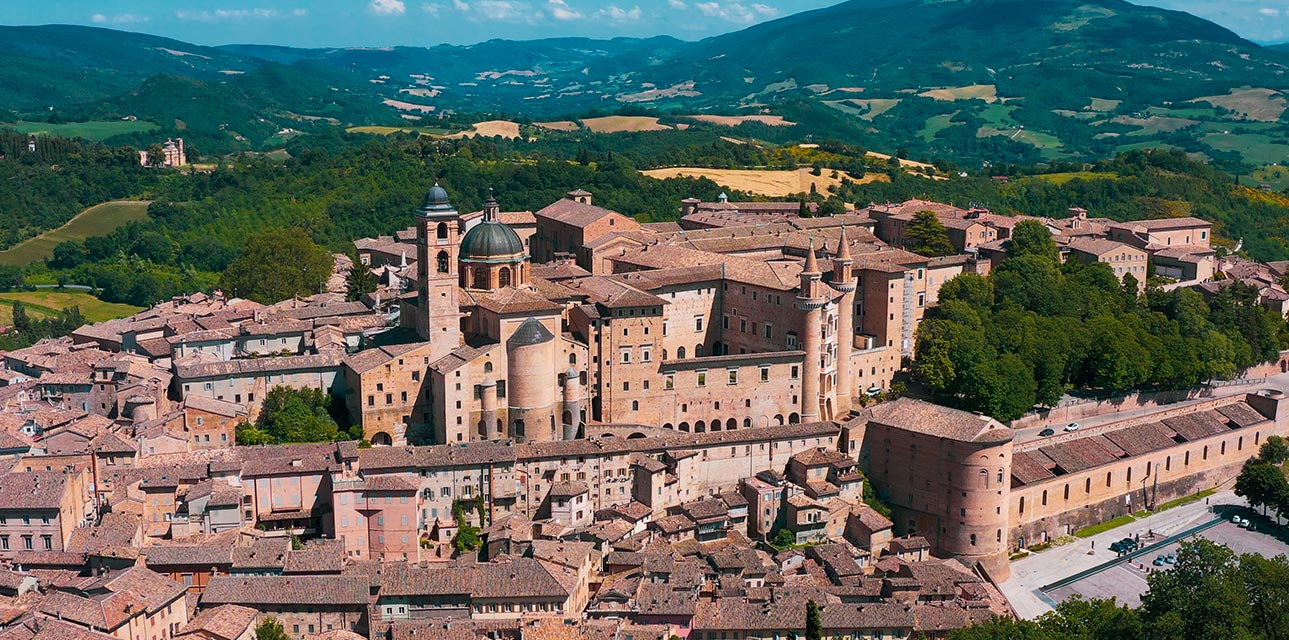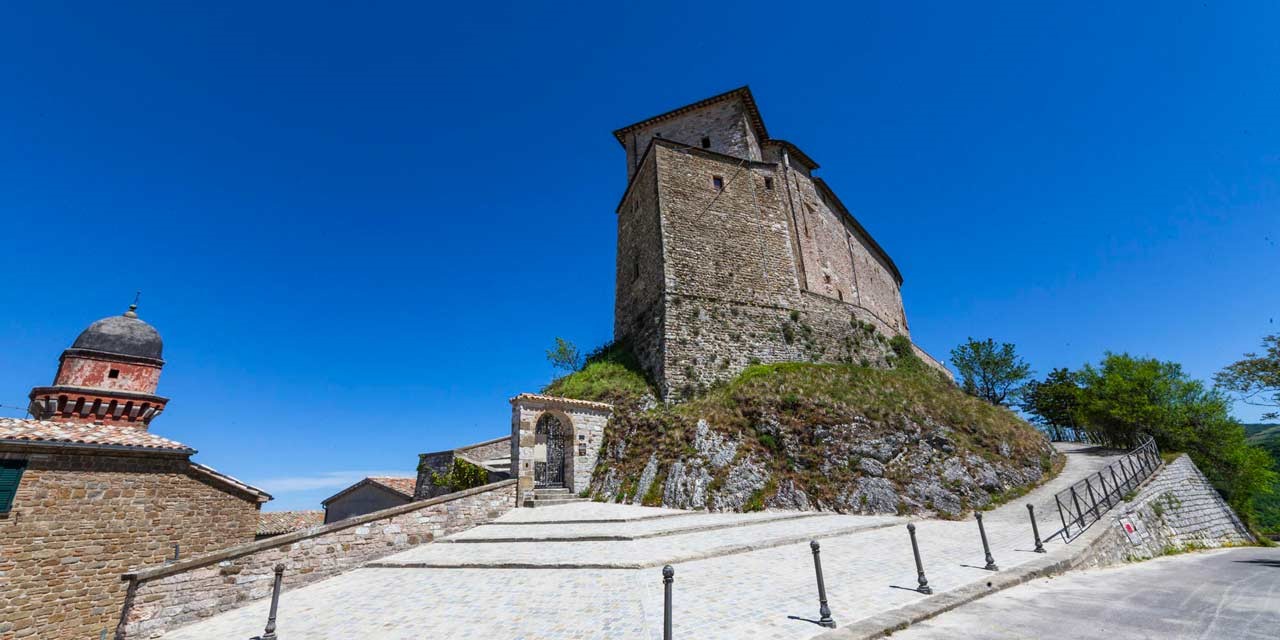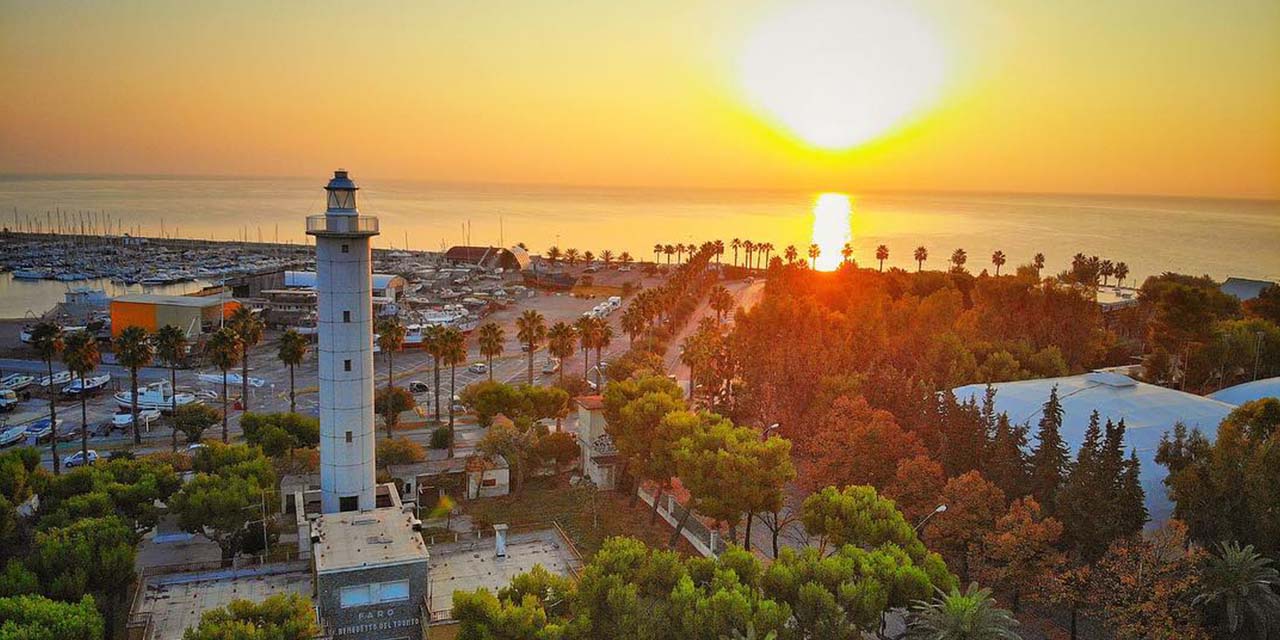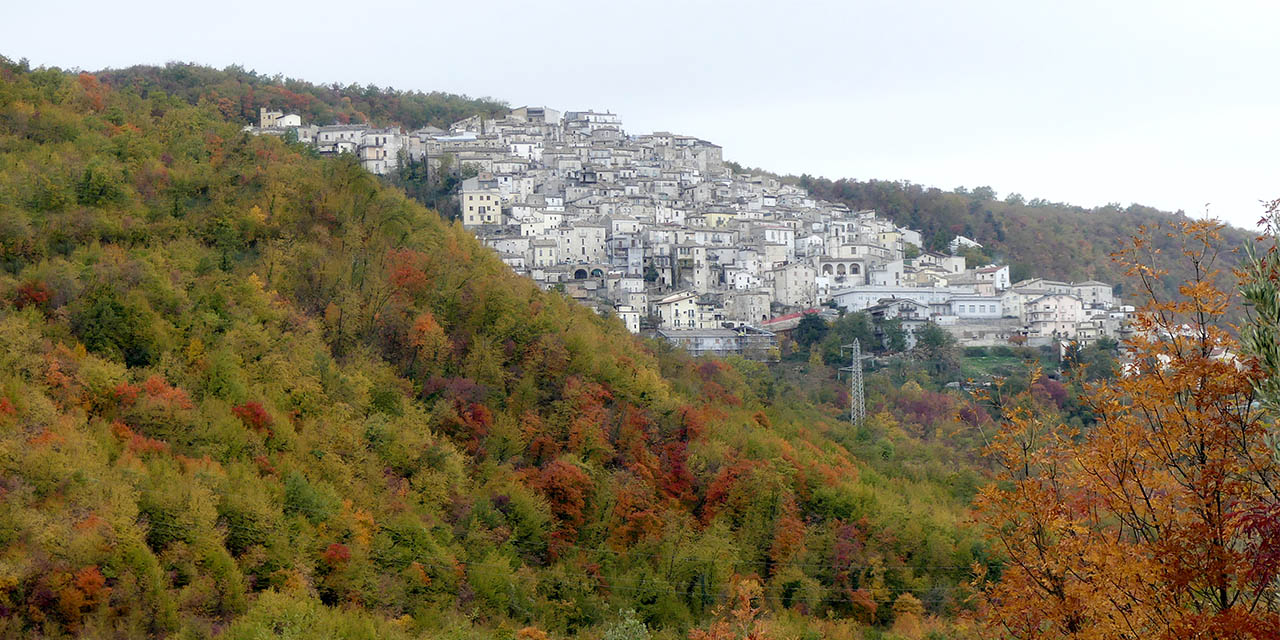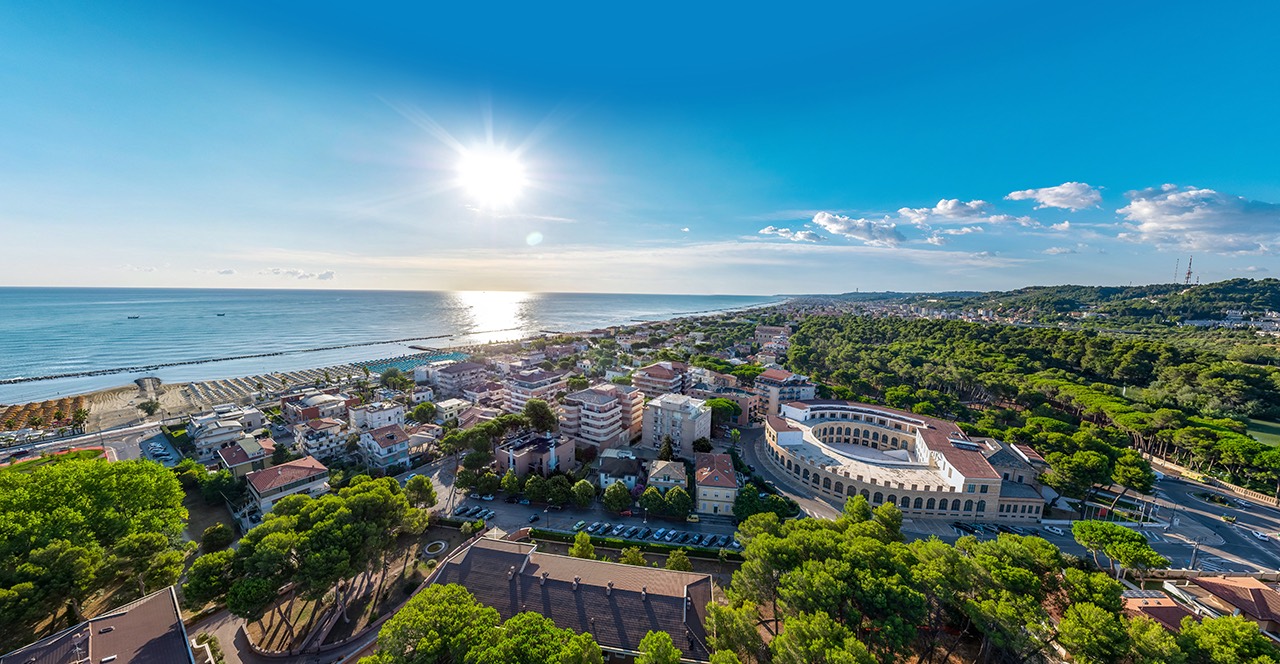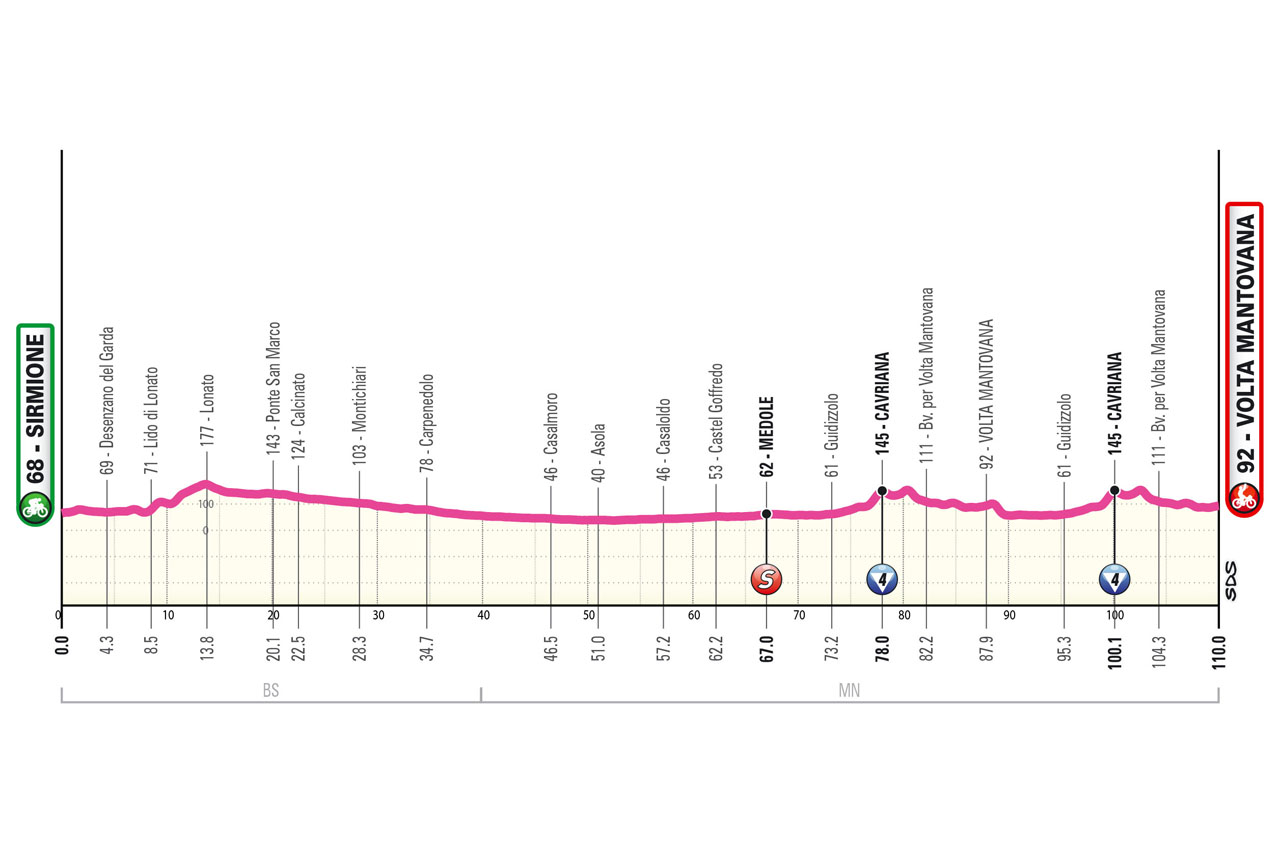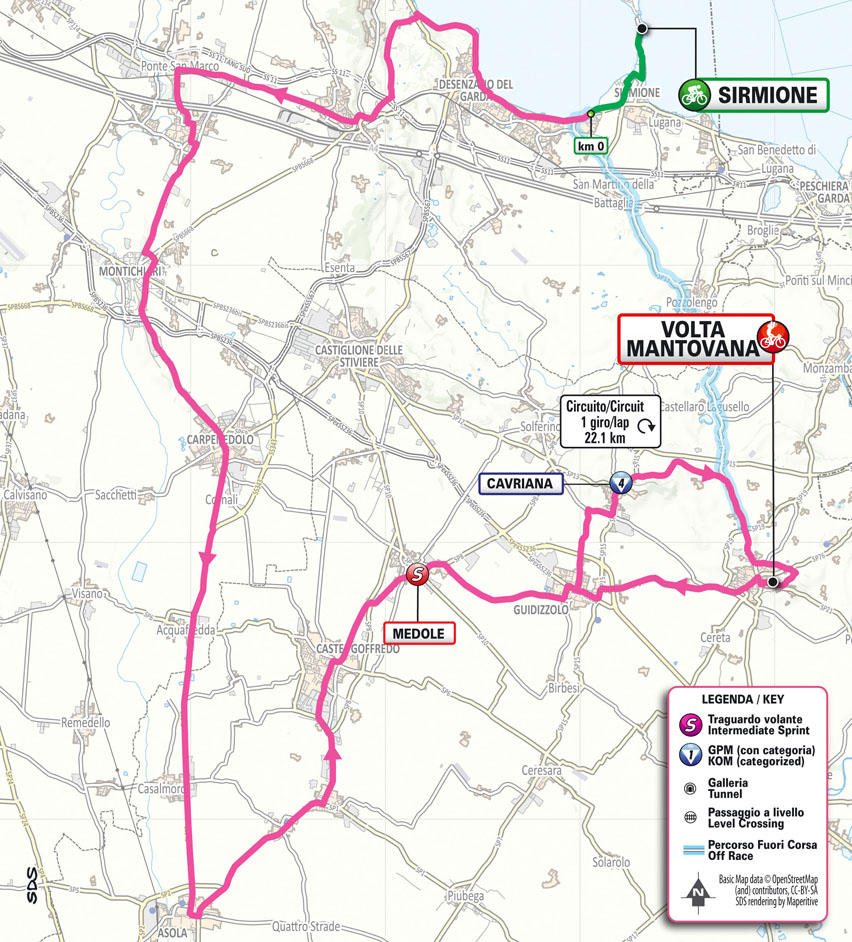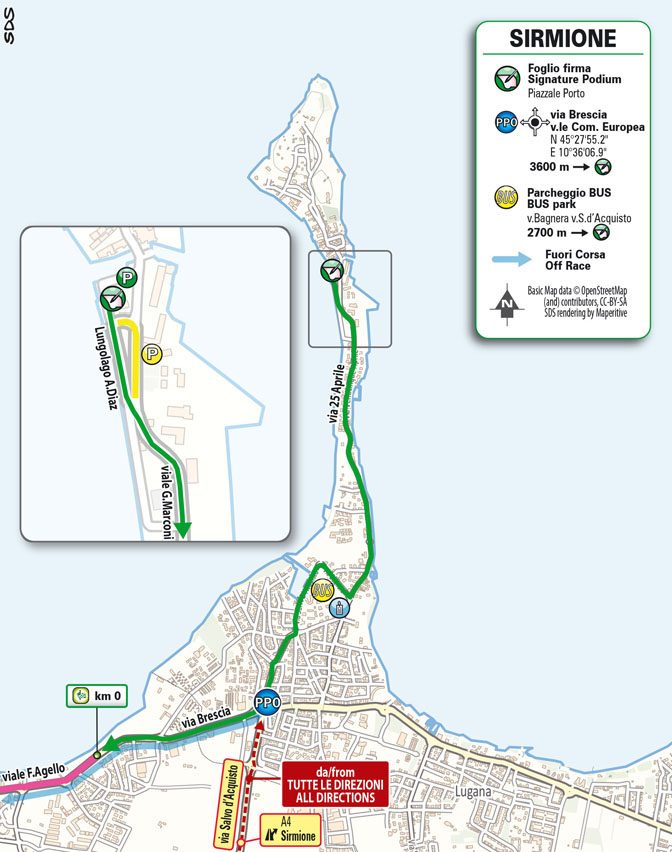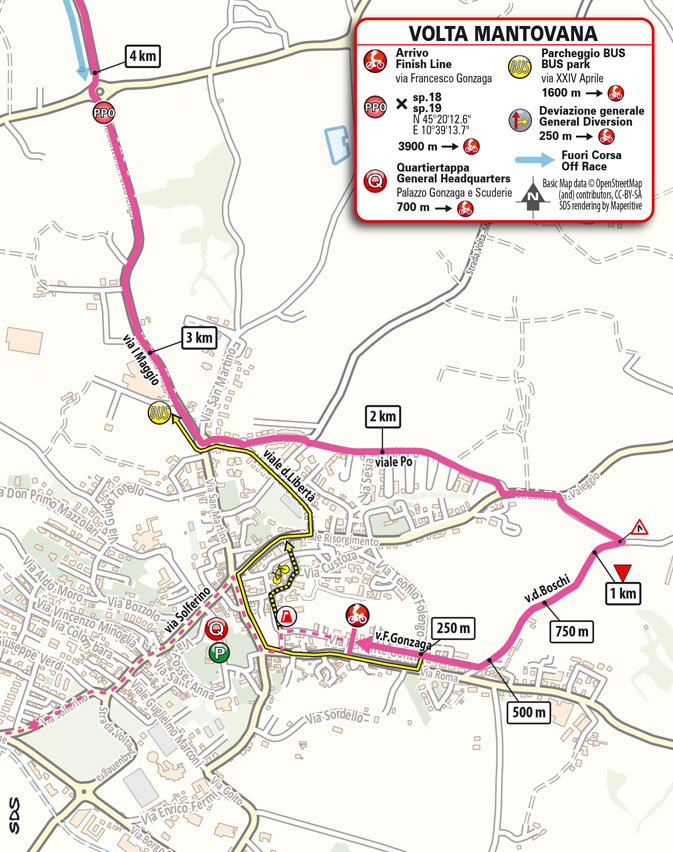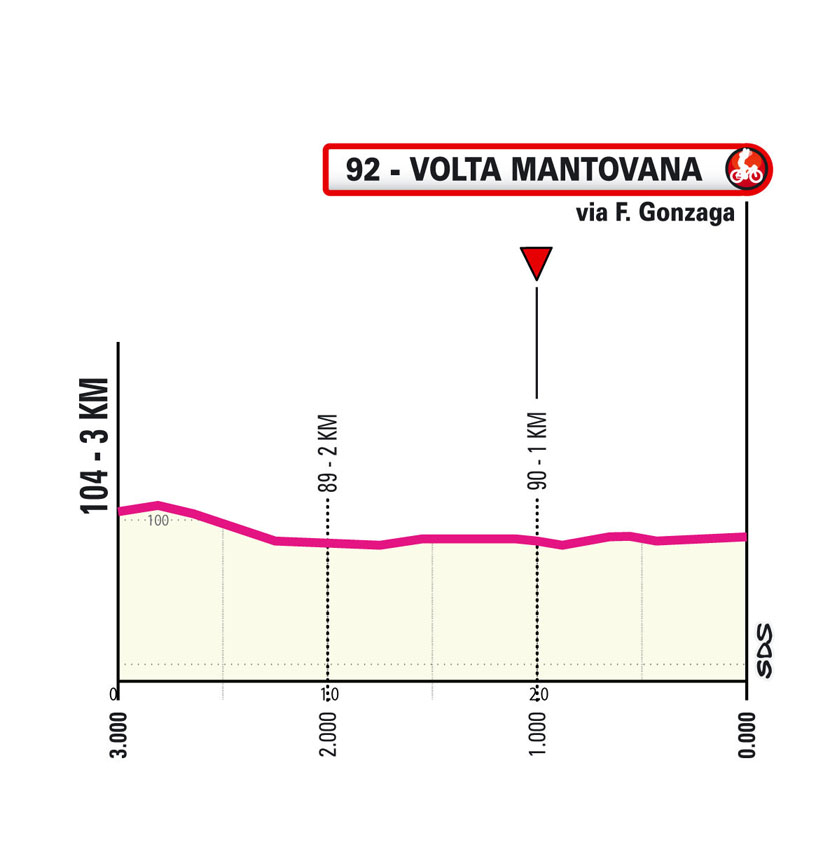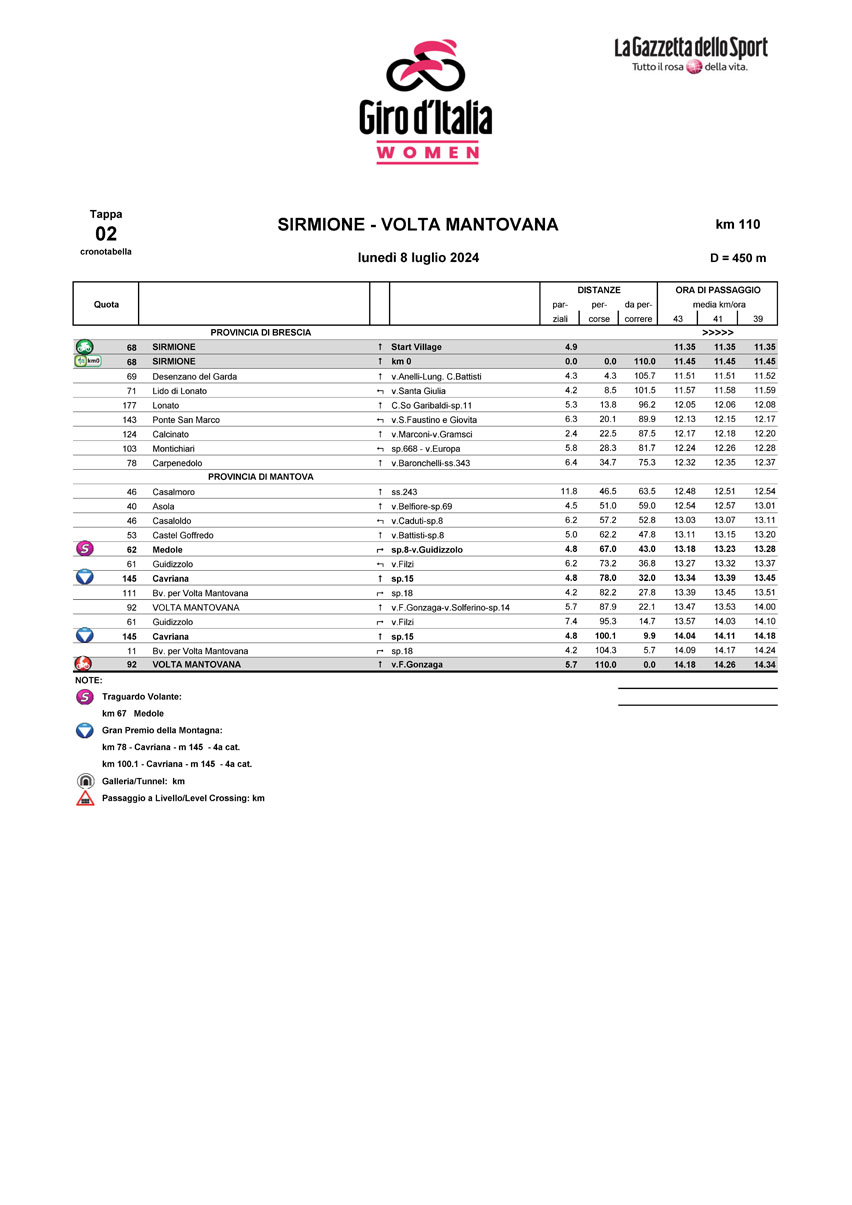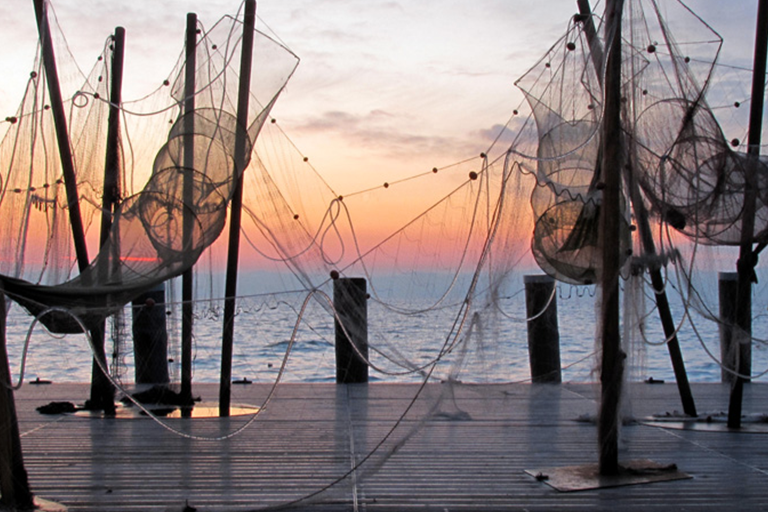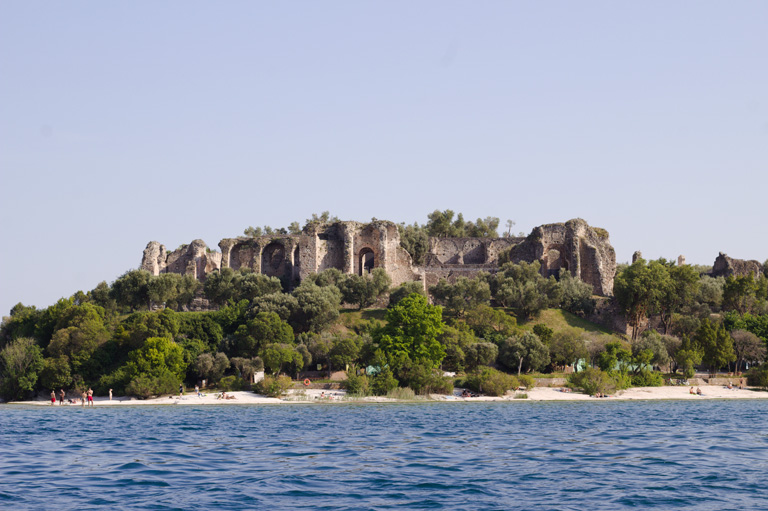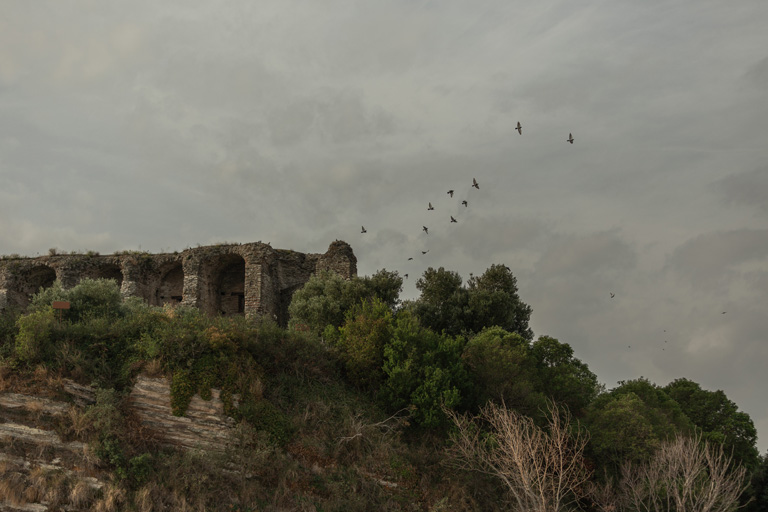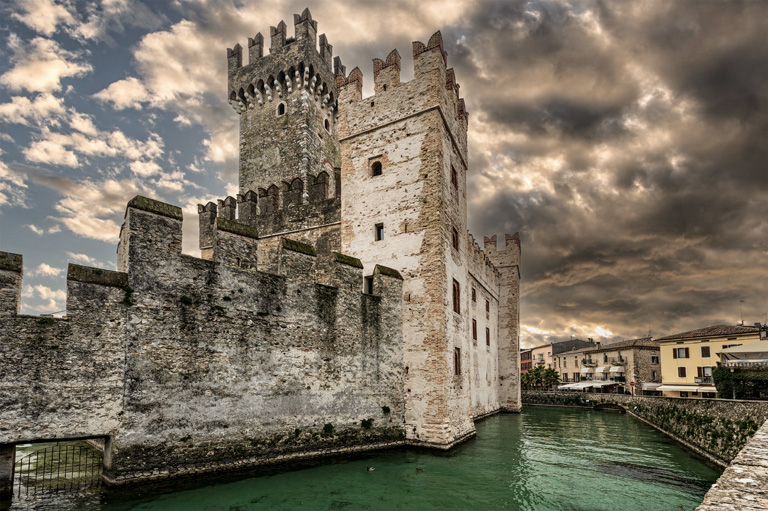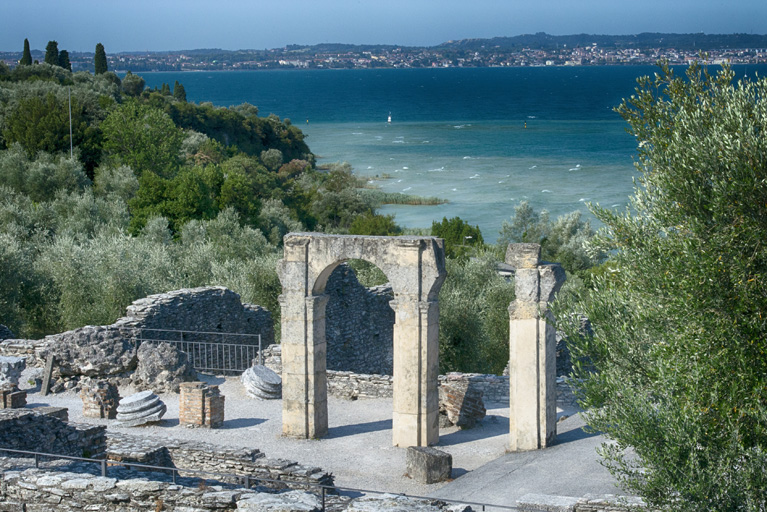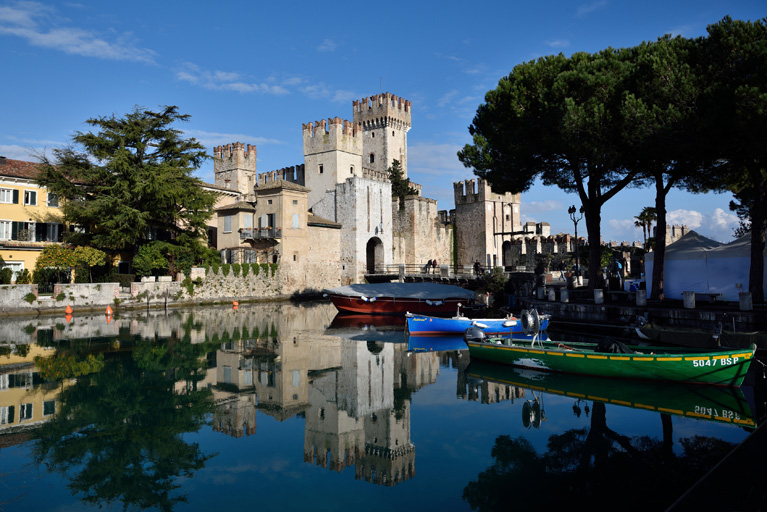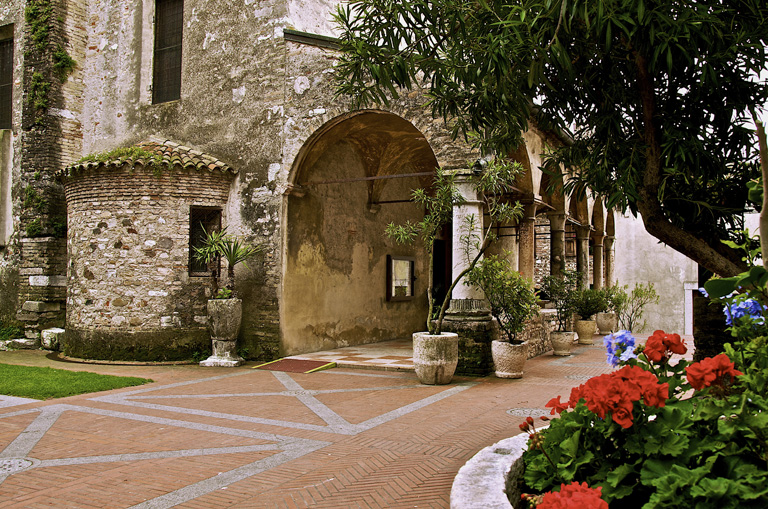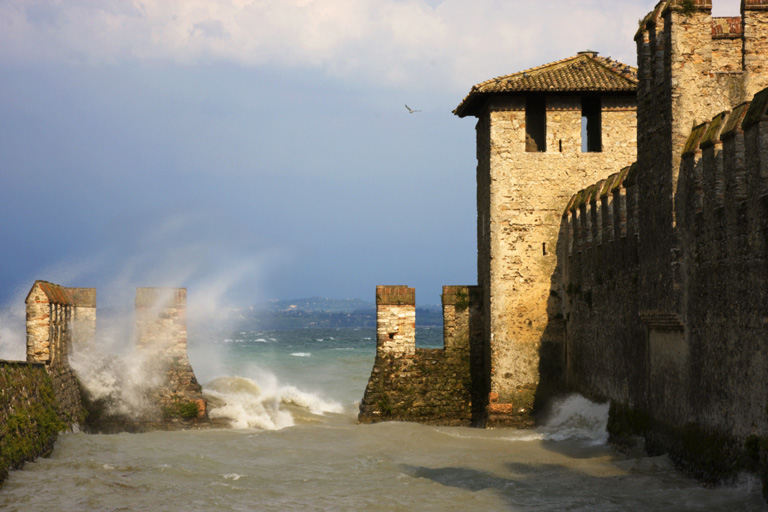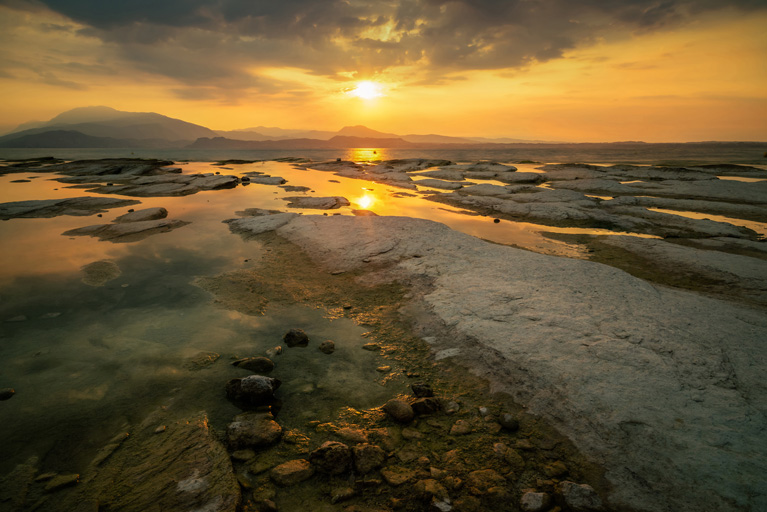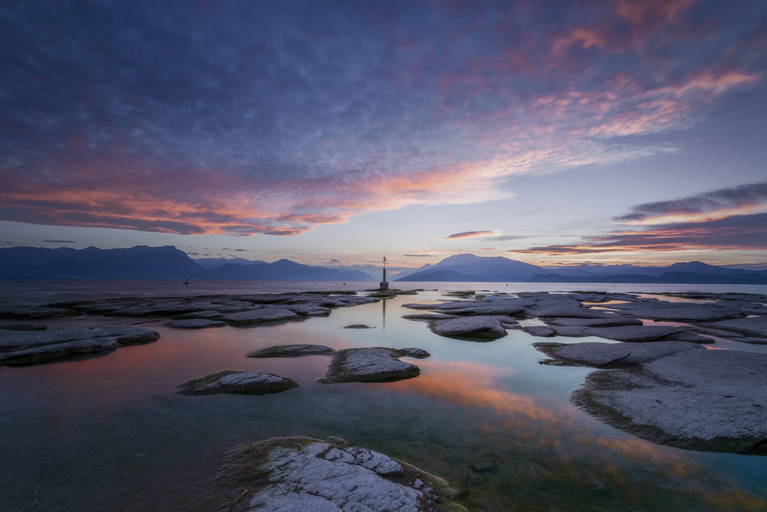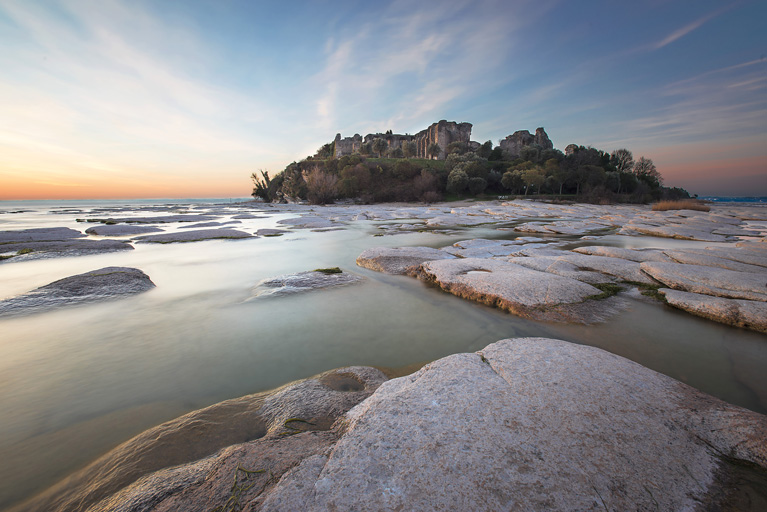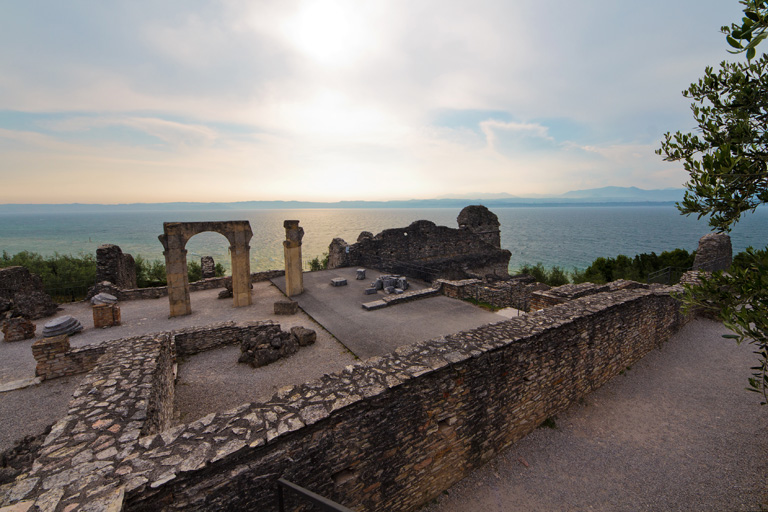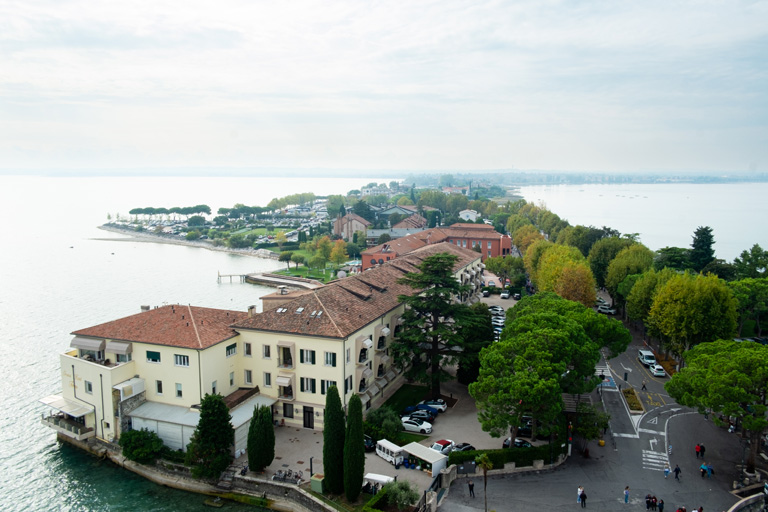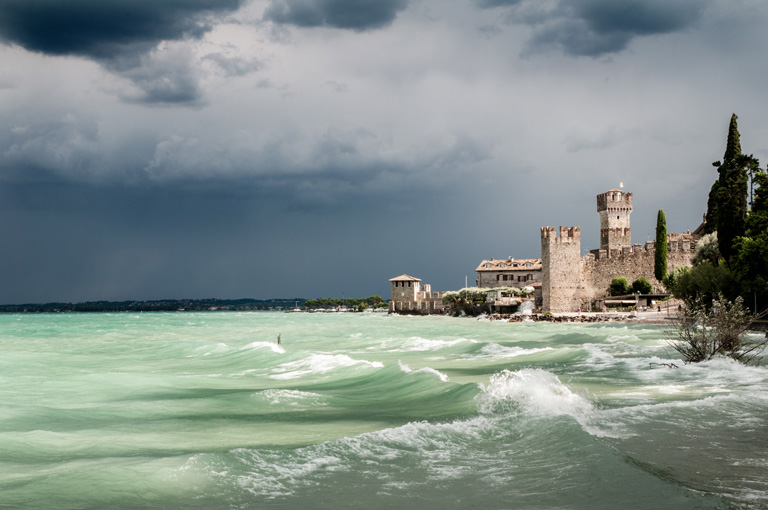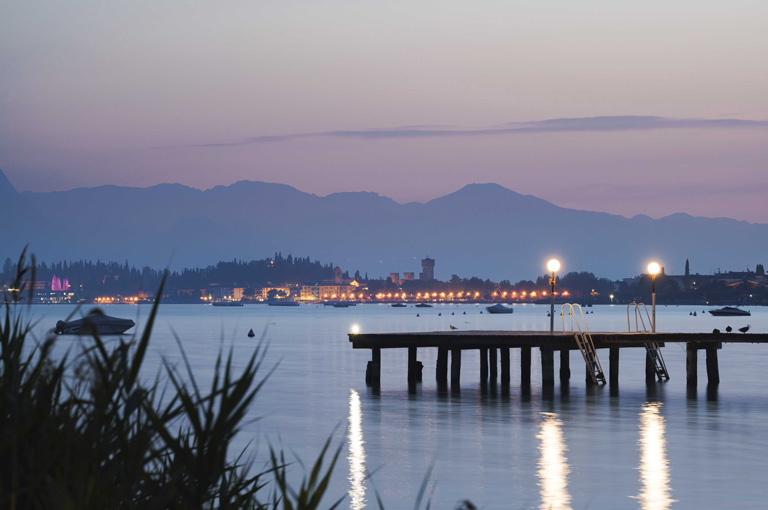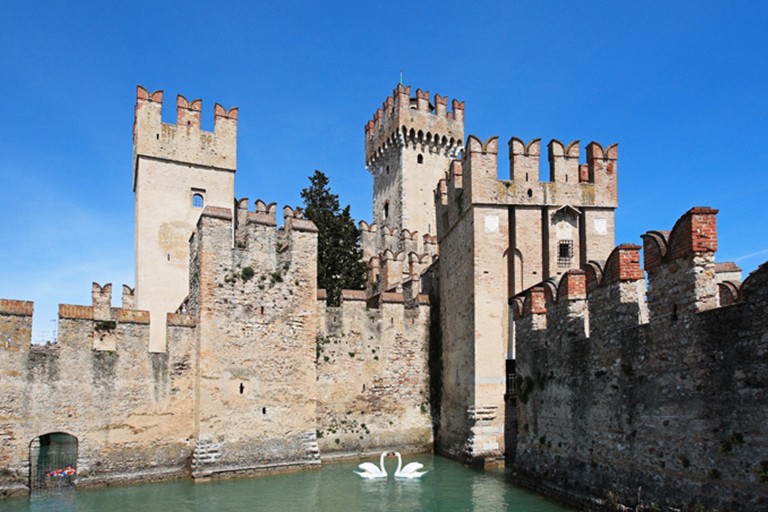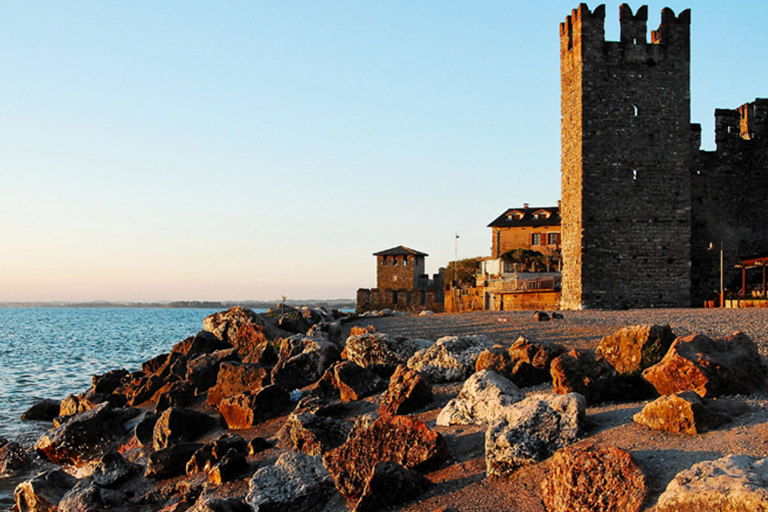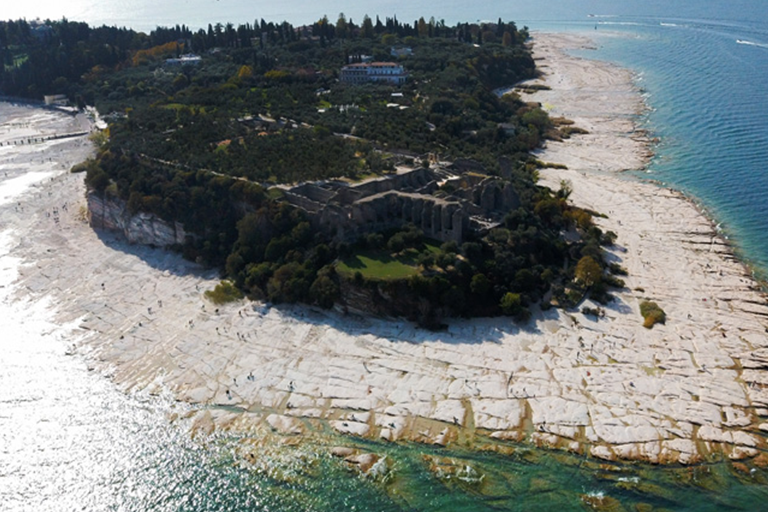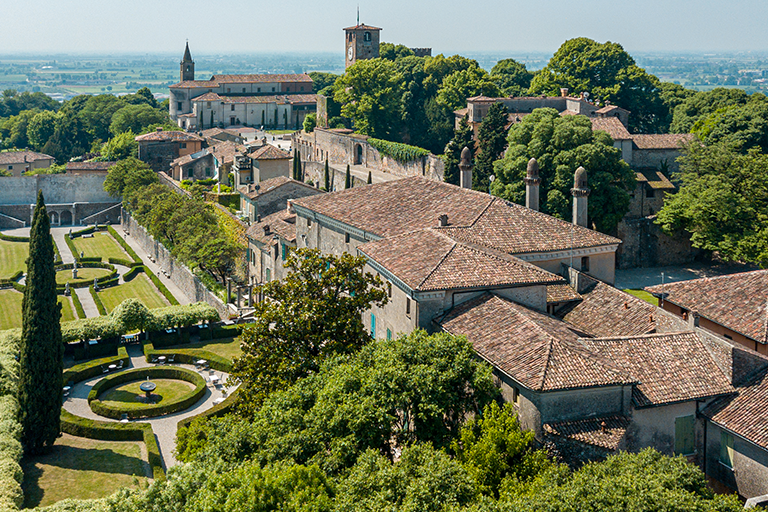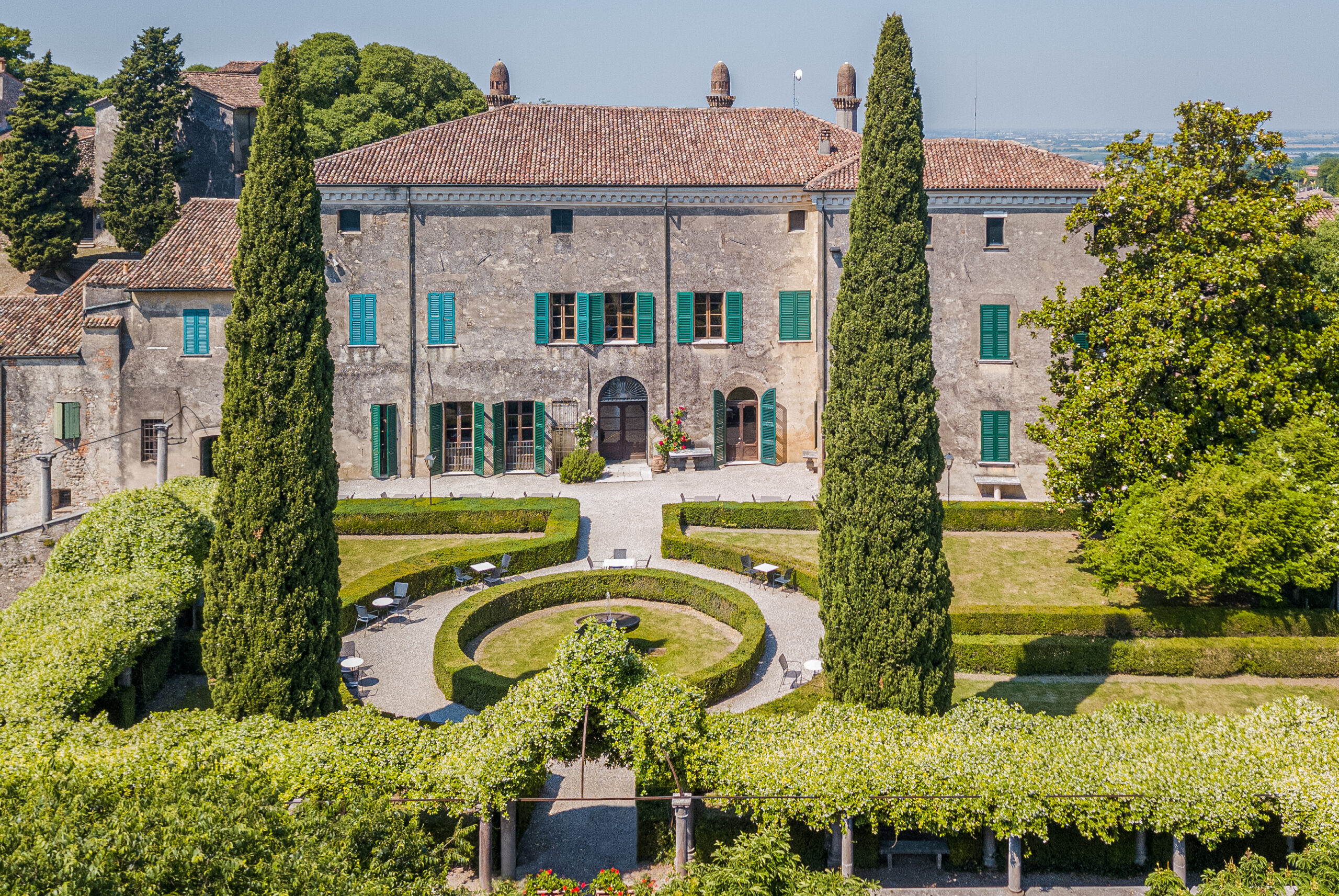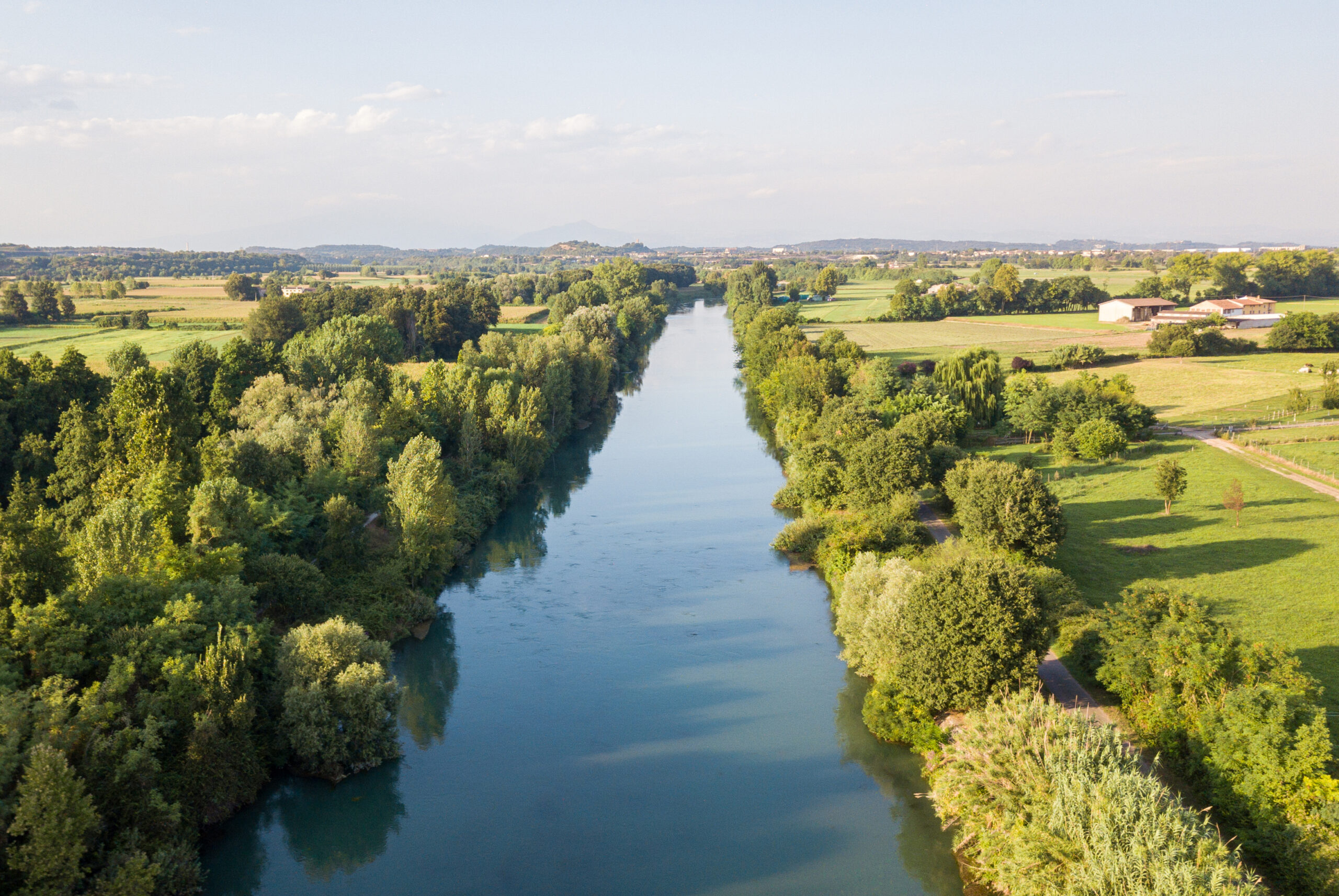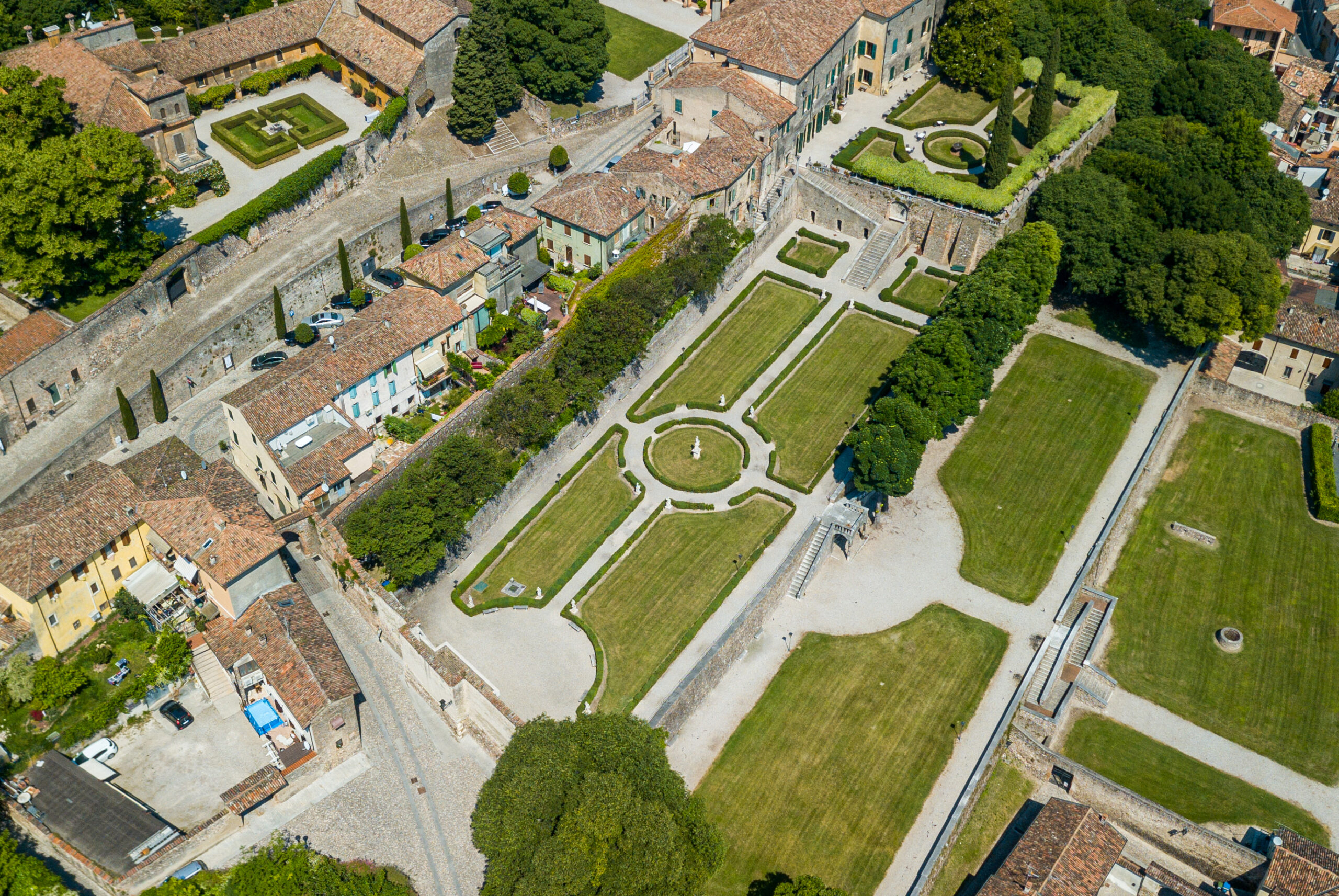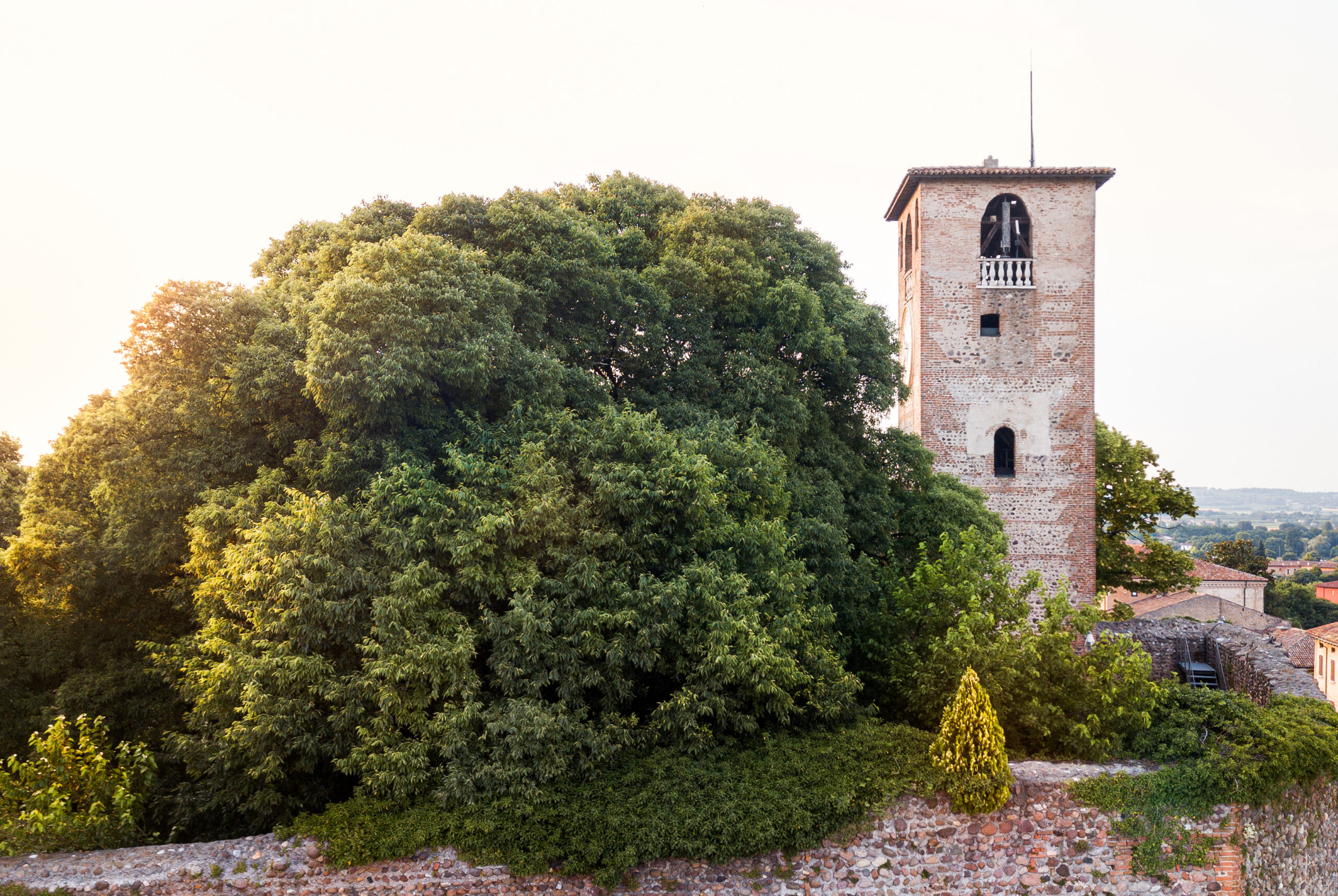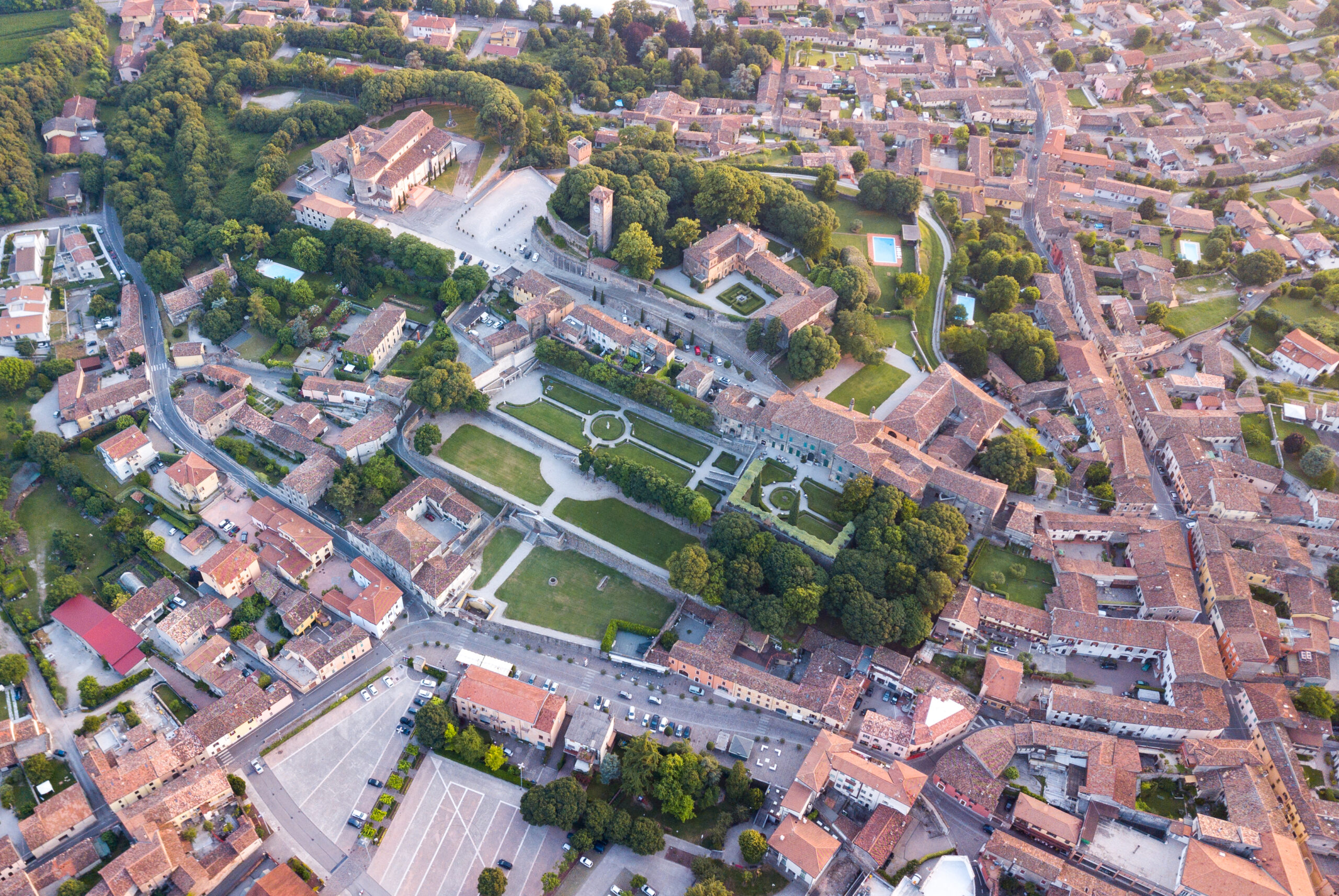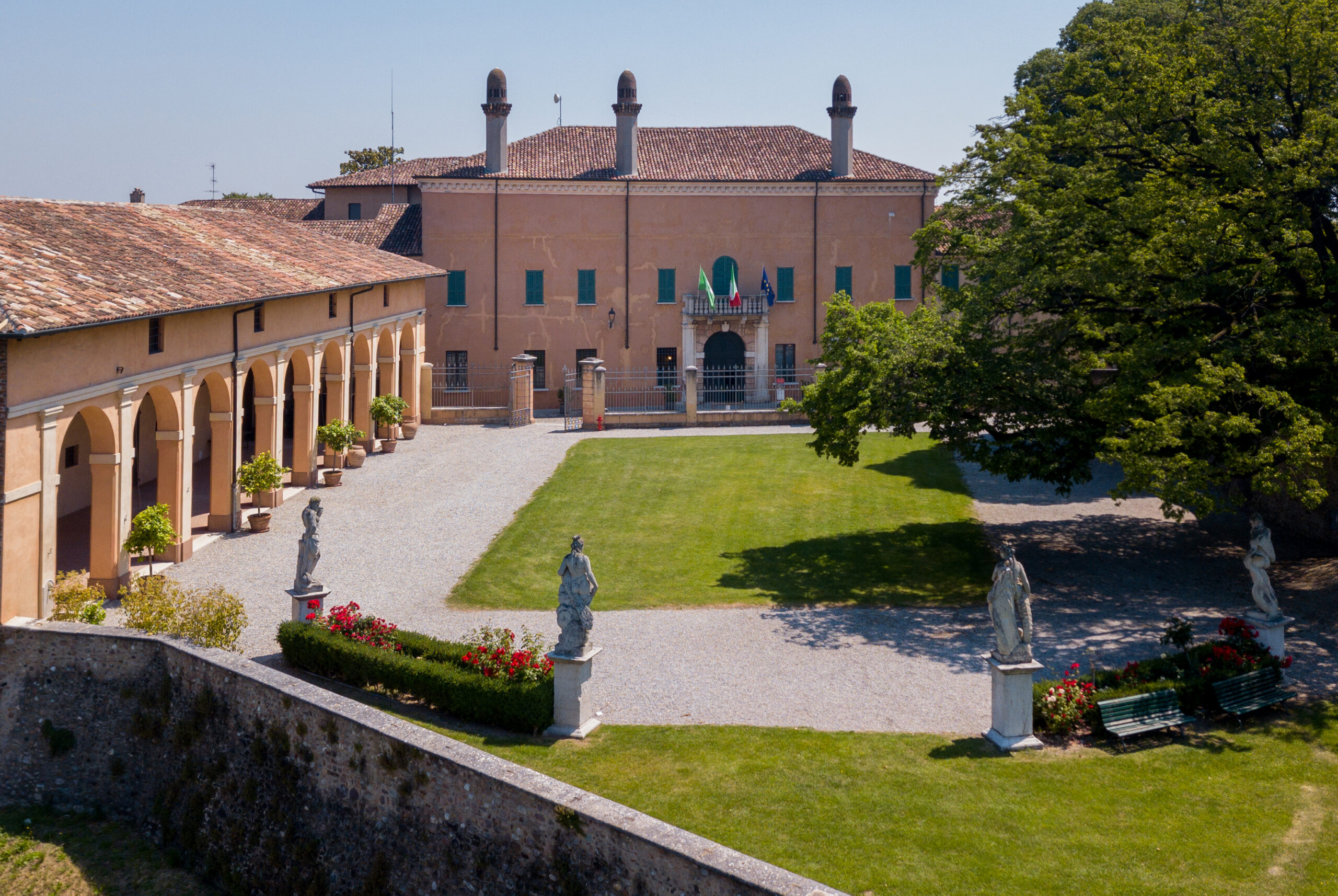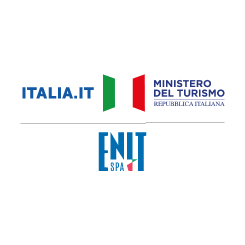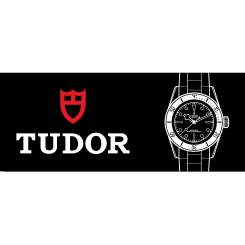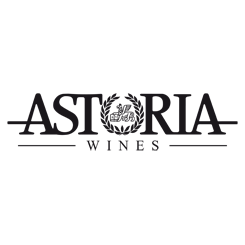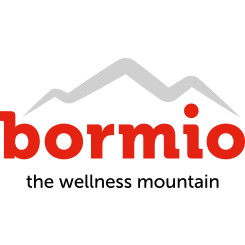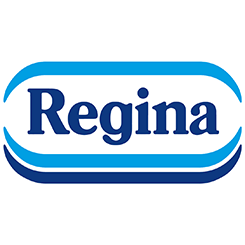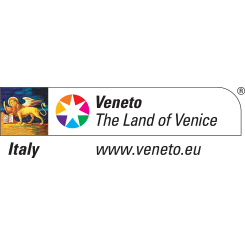profile
map
technical info
Flat stage featuring a final circuit. Start on the banks of Lake Garda to then follow the shore through Desenzano and then enter the Brescian plain, touching on the villages of Lonato, Montichiari, Asola and Medole before arriving at Guidizzolo, where the finishing lap will begin. The circuit includes small undulations around Cavriana before the likely bunch sprint in Volta Mantovana.
Last kilometres
Last km on slightly undulating roads with several changes of direction. The finishing straight is 400 m long and slightly uphill.
start / finish
final kilometres
itinerary timetable
tourist info
Host city:
Sirmione
Overview
Discover what to see in Sirmione: a town with ancient charm situated on Lake Garda, on a long peninsula surrounded by water and breathtaking views. You can enjoy beautiful, highly treasured architecture and evocative naturalistic hideaways that have given the town the nickname “the pearl of Garda”.
Volta Mantovana
Overview
Overlooking the Mincio Valley, Volta Mantovana extends at the foot of the medieval castle. Finds from the 5th-4th centuries B.C. in the Cereta area suggest the area was already frequented during the Iron Age.
Also dating back to the mid-15th century is Palazzo Gonzaga, built close to the city walls – incorporating a tower – by the Marquises of Mantua Ludovico Gonzaga and Barbara of Brandenburg as a country villa. It is currently the municipal seat.
The complex of palace-villas, towers and walls rising on the hillsides is very impressive: we are in the heart of the Mantuan Chiantishire. In the territory of the protected area of the Mincio Regional Park. Towards the valley of the river, which flows swiftly here on a bed of pebbles and making several jumps in level, there are cycle paths. There are many beautiful hamlets, including the hamlet of Falzoni.
Food & Wine
Volterra’s wine-making activity is rich in a centuries-old tradition, extolled by the great Mantuan poet Teofilo Folengo. Local producers are part of the Consortium Vini Mantocani D.O.C. (Mantuan Wines D.O.C.), and wineries are included in the Mantuan Wine and Flavors Route. Excellent wines such as Chiaretto, Pinot, Cabernet, Merlot, classic method sparkling wines and dessert wines are known from this area.
The prince of local cuisine is the traditional dish of capunsei: small bread dumplings, seasoned with butter and sage. Added to these are pumpkin tortelli, agnoli, risotto with Mantuan sausage, cotechino and lessi with “pearada” or mostarda. Not to be outdone are the local cured meats and typical desserts such as torta sbrisolona and elvetia.
The cuisine of Alto Mantovano is the result of the union between the culinary art of Mantua and the traditions of the morainic hill area, where the cured meats, pasteripiene, meats and desserts find the perfect complicity of the fragrant and crystal-clear wines of the morainic hills, so much so that agribusiness is undoubtedly a strong point of the Alto Mantovano economy.
Typical products are the result of a long elaboration that has sought to make the most of what the territory offers, refining, adapting and evolving. They are therefore the tangible legacy of an unwritten but complex and rich peasant culture. Some of them have gained notoriety; others are in an intermediate position, with productions that could increase, and still others are known and appreciated locally, with limited production.
Points of Interest
At the top of the hill, stands Palazzo Gonzaga with its splendid Italian gardens and an offer that ranges from guided tours to tastings. The building, of Renaissance origin, was the summer residence of the lords of Mantua and still features wonderful frescoed rooms. The palace, now municipal headquarters, offers tours and experiences to the public: you can walk through the decorated halls, the ancient kitchens, the cellars and basement, the icehouse, and much more. Wax and apothecary workshops can be found along the way. In addition, one wing of the building houses a multimedia room that recounts the bloody battles of the Risorgimento, which featured this place. Given a glance inside, it is then time to turn one’s attention to the extraordinary Italian-style gardens. Arranged on five terraces, they are embellished with lush colonnades, statues, hummocks, cypresses and fountains. Worthy of interest is the Belvedere of the church with its wall and monumental trees, from which the landscape can be observed. From the church, the Via Castello road leads to the Palace. On the way you can see the Gothic Arch, an ancient gateway to the Borgo, with 14th-century hinges.
The same street is overlooked by the bell-ringer’s house and the main tower of the Rocca, now a clock tower. A little further on, you pass by the church of San Carlo and the Palace, with its Stables. These, which once housed the horses of the Lords of Mantua, have a monumental hornbeam tree and a terrace overlooking the countryside, crowned with 17th-century statues. Over the gardens of the Scuderie, a space dedicated to many cultural events, stands Palazzo Gonzaga, with its refined facade and Venetian-style chimneys.
Much appreciated is the Info-point wine shop, which offers typical local products and wine. Visitors will have the opportunity to taste local flavors and fragrances at the Belvedere’s finest spots, under a verdant pergola, while getting lost in admiring the striking geometries of the flower beds.
Throughout the year, the Palace and its gardens offer events, guided tours, workshops, and experiences capable of telling the story and traditions of this magical place.
The rich landscape is appreciated by those who love biking and walking. Volta is connected to the Mantova-Peschiera del Garda bicycle path, part of the Ciclovia del Sole, by a route that crosses its hills and woods in a truly evocative setting: past the bridge over the Mincio River, the bicycle path climbs toward the Virgilio Canal and crosses a cultivated plain, bordered by rows of mulberry trees and fields of wheat, until it reaches a large oak forest that anticipates the village. This leads to the Bosco del Cantarana, a new park on the outskirts of the village, in which you will find many facilities for bike lovers: a bike park with trails at different levels of difficulty , a pump track and a bike-grill with bike assistance, refreshments, children’s area and information point…
Other trails or itineraries enrich the offer: you can pedal in the shade of the rows that run along the Virgilio Canal, or you can discover the countless villages that dot the countryside, from Bezzetti to Montagnoli, from Montaldo to Cereta. In the countryside towards Cereta, in the midst of the ancient plain, stands the Romanesque parish church of the Madonnina di Mezzacampagna, thousands of years old, with medieval frescoes still visible.


